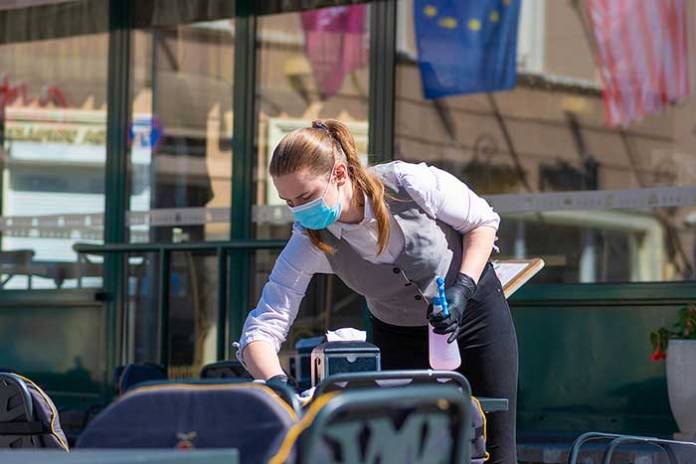
The onset of COVID-19 created a swift, sharp shortfall in revenue for companies in many industries, but as stated in research recently published in the International Journal of Hospitality Management, hospitality has been one of the most affected. Strict lockdown measures and a drop in intercity travel of up to 90% have led to lower demand for dining experiences. However, many restaurants are surviving the onslaught through a combination of innovative offerings for clients and a sound financial strategy. Patterns have emerged showing just a few characteristics possessed by restaurants that continue to attract clients – albeit using a completely different model than in the past.
Financial Resilience
Financial flexibility is key to resilience in the restaurant industry, with the above study showing that despite dramatically reduced incomes, large companies with good cash flows and past profitability are more likely to withstand the damages caused by the pandemic. Strategies such as franchising provide firms with greater stability and lower operational risks. By contrast, firms with an international presence can be forced to deal with volatile environments in multiple locations, affecting their market value and stock returns. In general, the more cash companies have set aside, the more likely they are to be evaluated positively by investors.
Outdoor Dining And Ramped Up Hygiene Measures
In areas in which outdoor dining is permitted, hygiene measures have been significantly refined to provide diners with a safe and risk-free dining experience. Despite being a generally low-risk experience, dining out is not without its hazards. Even prior to the pandemic, unclean surfaces and ceilings, dirty restrooms, bad smells, and other hazards could be considered unconducive to clients’ health and wellness. Today, restaurants are maintaining healthy environments by cleaning and disinfecting frequently touched surfaces regularly, establishing strict routines, discouraging the sharing of items that are difficult to clean, increasing total airflow supply to occupied spaces, and increasing outdoor ventilation. The key is to not only provide a germ-free experience but also to ensure that air quality is optimal indoors to safeguard the health of workers as well as of clients.
Changing Menus
Takeout and delivery have now become vital to restaurants owing to the mass closing of dining rooms, and that means that resilient restaurants have had to make significant changes to their menus. Restaurant Business Online reports that some of the biggest menu changes incorporating these trends include reducing shared platter offerings, offering lunch deals at attractive prices (think a three-course meal for under $12 or so), providing premixed cocktails and craft beers for takeaway, supplying meal boxes for families to take away, and creating streamlined menus (i.e. that feature dishes containing similar ingredients to reduce waste). Savvy restaurants are also offering their wares online, with useful apps that permit clients to order their meals beforehand, book a table, and make special requests prior to setting foot in an establishment.
Around half of the restaurant businesses surveyed by The National Restaurant Association believe that the industry could bounce back within a three-year period. In the meantime, they will have to work on areas such as improved cash flow by offering clients better takeaway, delivery, and outdoor dining opportunities. Menus will also need to change in line with client demands.











